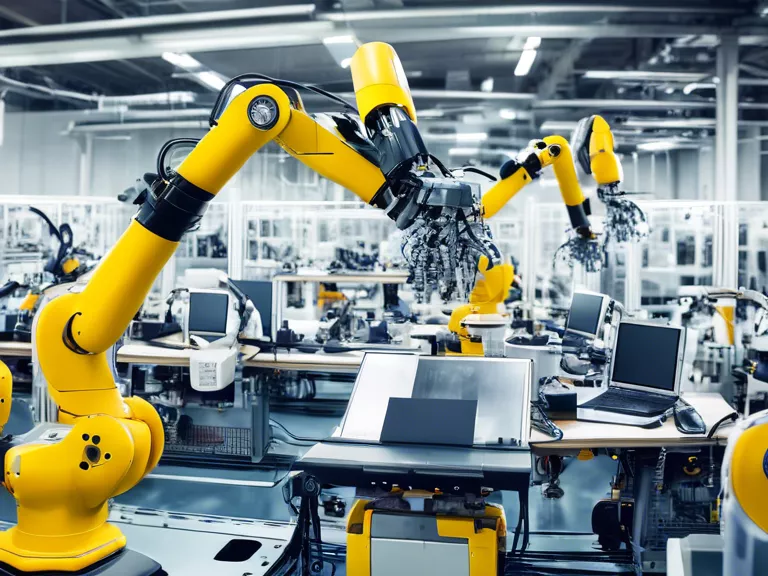
In today's fast-paced manufacturing industry, robotics play a crucial role in enhancing efficiency and productivity on assembly lines. With advancements in technology, robots are being increasingly integrated into various manufacturing processes to streamline operations, improve quality control, and reduce costs.
One of the key benefits of using robots in manufacturing is their ability to perform repetitive tasks with precision and consistency. This not only increases the speed of production but also minimizes errors, leading to higher quality products. Robots can handle complex tasks that are difficult or dangerous for humans to perform, thus improving safety in the workplace.
Furthermore, robots can work around the clock without fatigue, unlike human workers who require breaks and rest periods. This continuous operation enables manufacturers to meet production deadlines and fulfill orders in a timely manner. Additionally, robotics can be programmed to adapt to changes in demand, allowing for greater flexibility and efficiency in production scheduling.
Assembly line efficiency is also improved with the use of robotics due to their ability to integrate with other technologies such as sensors, cameras, and software systems. These tools enable robots to communicate with each other and with control systems, optimizing the flow of materials and resources throughout the production process. This leads to reduced waste, improved inventory management, and overall cost savings for manufacturers.
In conclusion, the role of robotics in enhancing manufacturing and assembly line efficiency cannot be overstated. As technology continues to advance, robots will play an increasingly vital role in improving productivity, quality, and safety in manufacturing operations. Manufacturers who embrace robotics will benefit from increased efficiency, reduced costs, and a competitive edge in the global marketplace.



